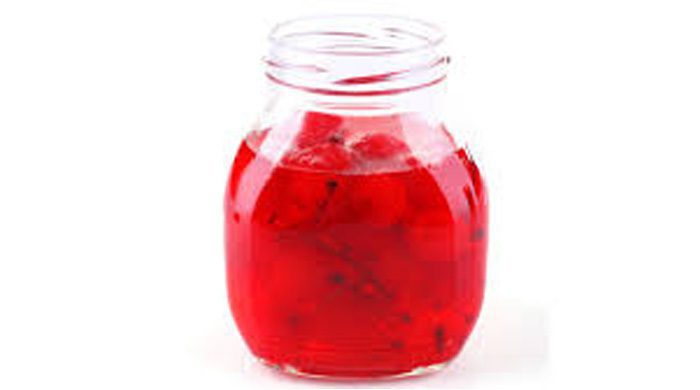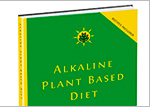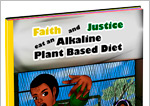Red Food Coloring Is Cancer Causing

Red food coloring is cancer causing. Why is it still on the market? Red Dye No. 1 was banned in 1961 due to cancer concerns.[1] Red Dye No. 2 was banned in 1976,[2] and Red Dye No. 4 was banned in 1983.[3] Does it seem like there is a pattern going on here when it comes to red food coloring?
Red Dye No. 3 is still on the market, so it must be safe, right? Can there be that much difference between Red Dye No. 3 and the other red food coloring that was banned? It doesn’t look that way.
It appears financial agendas are keeping the Red Dye No.3 food coloring on the market in spite of cancer concerns. In laboratory tests the red food coloring was found to cause DNA damage.[4] DNA damage leads to DNA mutation, which leads to tumors, which leads to the development of cancer.
The damage caused by the red food coloring was comparable to the damage a chemotherapy drug caused which was used purposely to destroy DNA. Studies also found that Red Dye No. 3 interfered with thyroid functions and negatively impacted children’s behavior.
Well, it was good the FDA at least got involved in banning the red food coloring. Unfortunately the FDA postponed banning the dye 26 times and it is still on the market.
Dr. Novicth, the acting commissioner of the FDA in the 1980’s, made a statement that Red No.3 was “of greatest public health concern.”[5] Yet it is still on the market.
We have to realize that the FDA is allowing substances in the food we eat that poisons us. Presently many of the organizations that are here to supposedly protect our health are not doing so, so we need to be vigilant in protecting our own health.
[1] W. H. Hansen, K. J. Davis, O. G. Fitzhugh, A. A. Nelson. Chronic oral toxicity of Ponceau 3R. Toxicol. Appl. Pharmacol. 1963 5:105 – 118.
[2] T. F. Collins, T. N. Black, D. I. Ruggles, G. C. Gray. Teratological evaluation of FD&C Red no. 2 -A collaborative government-industry study. II. FDA’s study. J. Toxicol. Environ. Health 1976 1(5):857 – 862.
[3] K.-T. Chung. The significance of azo-reduction in the mutagenesis and carcinogenesis of azo dyes. Mutation Research/Reviews in Genetic Toxicology 1983 114(3):269 – 281.
[4] F. M. D. Chequer, V. de Paula Venancio, M. de Lourdes P. Bianchi, L. M. G. Antunes. Genotoxic and mutagenic effects of erythrosine B, a xanthene food dye, on HepG2 cells. Food Chem. Toxicol. 2012 50(10):3447 – 3451.






